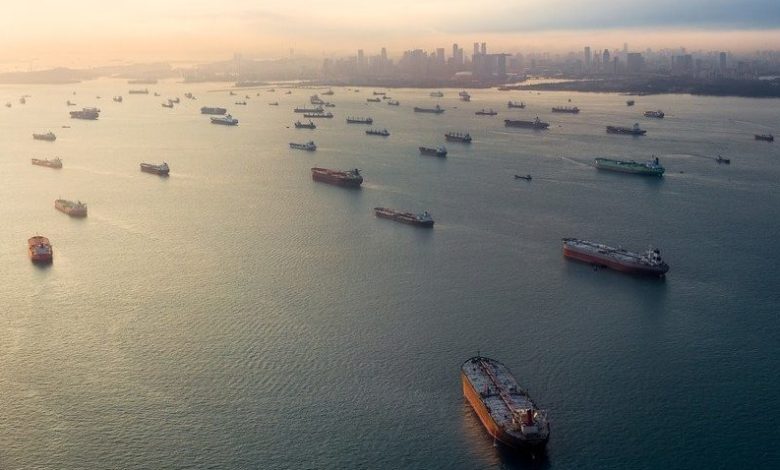ClarkSea Index enjoys its longest ever stretch of continuous month-on-month improvement

The ClarkSea Index has enjoyed its longest ever stretch of continuous month-on-month improvement, another sign of how this year’s bull-run has echoes of the great shipping rally from 2003 to 2008.
The cross-sector ClarkSea Index, widely seen as a key shipping barometer, is a weighted average of tanker, bulk carrier, containership and gas carrier earnings managed by Clarkson Research Services. The index, which was created in 1990, has now gone up for 11 consecutive months, stretching back to October last year. The index has now reached an an average of $39,453.
The pace of increase over the last 12 months is the sharpest ever rise in the index
The pace of increase over the last 12 months – a gain of over $24,000 a day, or 181% – has also represented the sharpest ever rise in the index over a comparable period, surpassing even the surge at the height of the 2000s boom.
Putting today’s near $40,000 average rate in context, out of the 1,652 weekly ClarkSea Index values recorded since the start 1990, only 32, or 2% of the total, stood at a higher level than last week’s end-August value of $39,453 a day, which is more than three times the average since the financial crisis. In total, only 117 weeks – 7% of the total – have seen a value over $30,000 a day, including the last six weeks.
The gains have come this year despite the doldrums experienced in the tanker sector. A recovery in tanker earnings to levels closer to their ten-year average could add another $3,000 a day to the ClarkSea Index, analysts at the London firm suggested.
